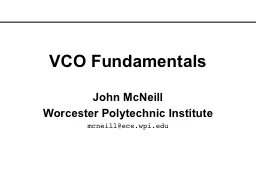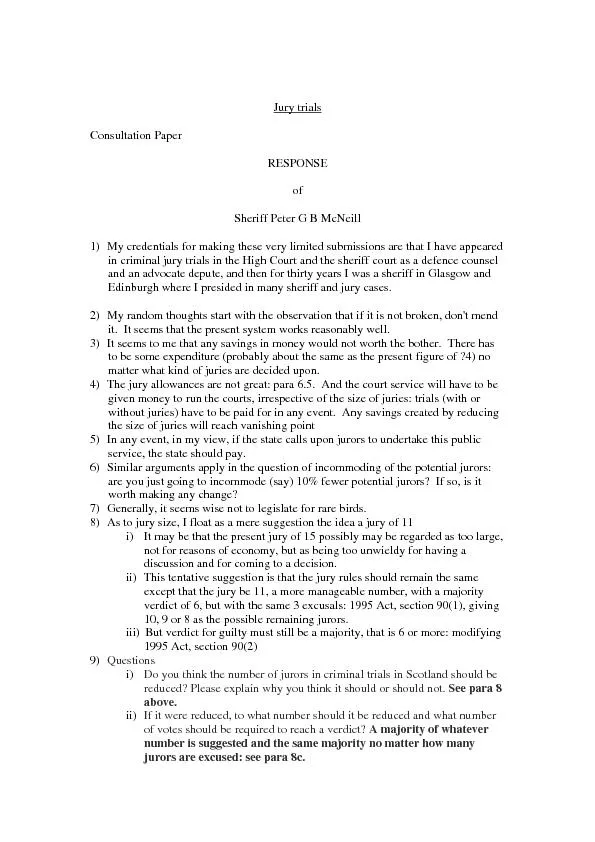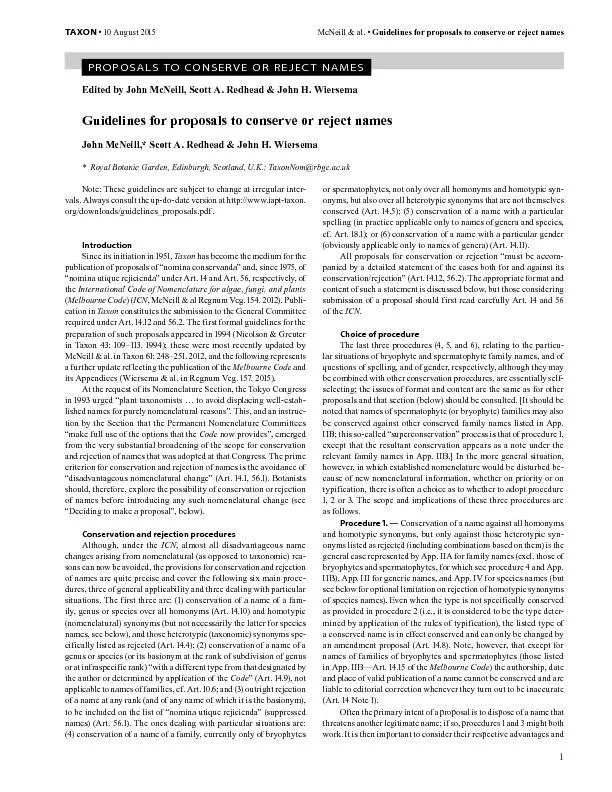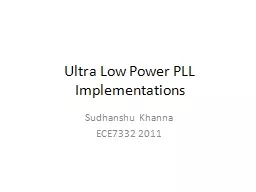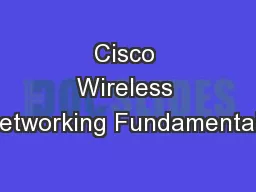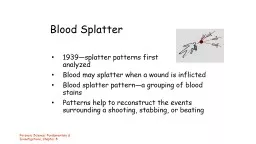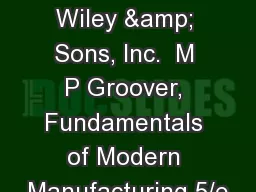PPT-VCO Fundamentals John McNeill
Author : ellena-manuel | Published Date : 2018-03-14
Worcester Polytechnic Institute mcneillecewpiedu Overview Functional Block Concept Oscillator Review Basic Performance Metrics Methods of Tuning Advanced Performance
Presentation Embed Code
Download Presentation
Download Presentation The PPT/PDF document "VCO Fundamentals John McNeill" is the property of its rightful owner. Permission is granted to download and print the materials on this website for personal, non-commercial use only, and to display it on your personal computer provided you do not modify the materials and that you retain all copyright notices contained in the materials. By downloading content from our website, you accept the terms of this agreement.
VCO Fundamentals John McNeill: Transcript
Download Rules Of Document
"VCO Fundamentals John McNeill"The content belongs to its owner. You may download and print it for personal use, without modification, and keep all copyright notices. By downloading, you agree to these terms.
Related Documents

